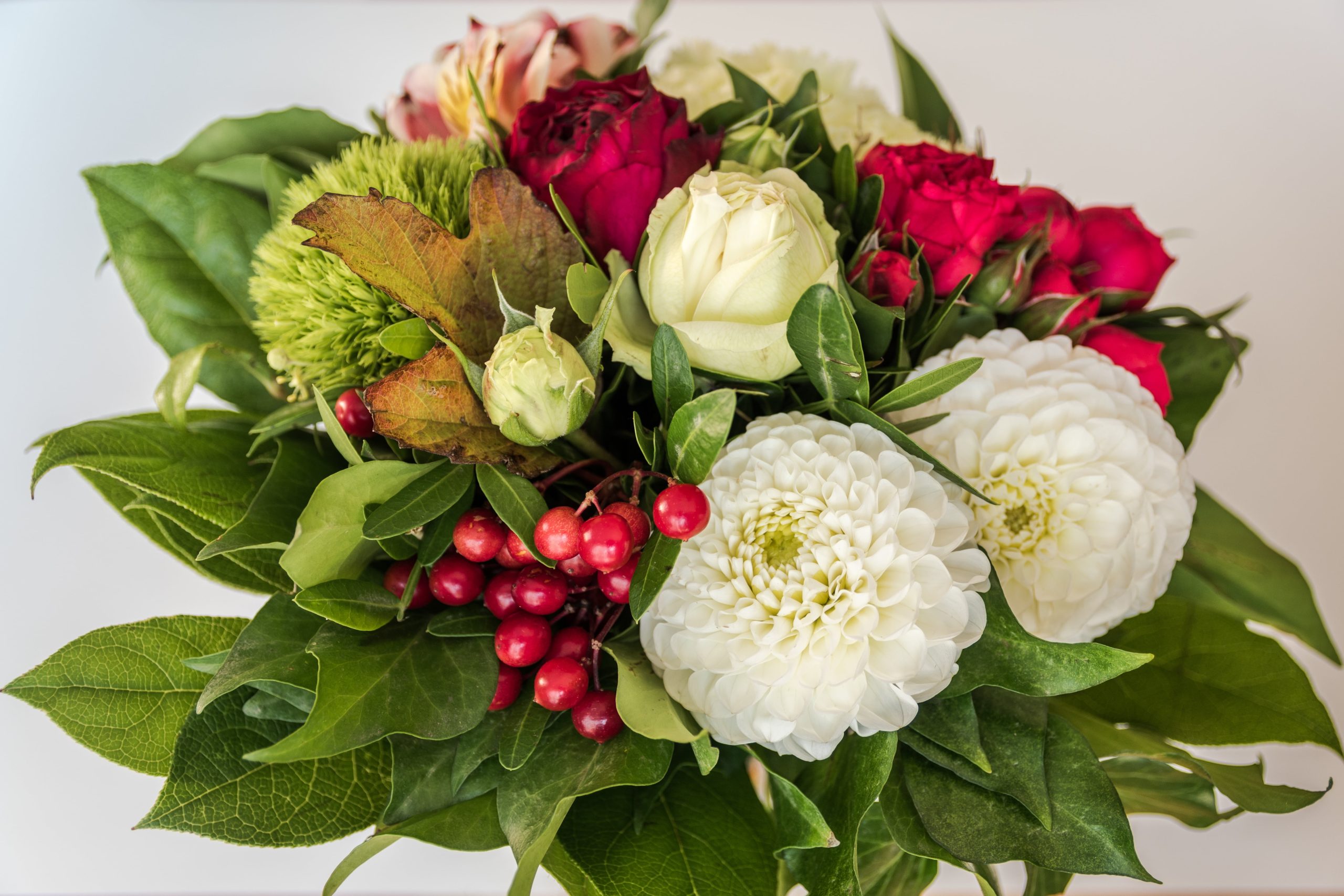They’ve been a staple of the industry for decades. For many florists, they’re the bread and butter of the store. So, with rising cost of goods and declining foot traffic largely due to the pandemic – how do you best utilise your mini boxes?
The answer, you might not expect and might resist at first – but, hear me out.
Throw them away.
(Preferably in the recycling…)
But why?
Let’s break it down.
Sustainability
Of course, methods vary from store to store and person to person, but the most common method of preparing a mini box involves some form of cellophane and at least some quantity of floral foam (generally a third to half a brick). Both of these present a sustainability issue in that they are generally single use and not recyclable or fully biodegradable.
Cost of goods
The same items that drive down the sustainability of the item, drive up its cost without adding much substantive or aesthetic value. Simply put – that cello and foam is getting more expensive and doesn’t really add much. It’s also more little bits to calculate when costing the item.
Time
Time is money! Depending on the experience level of the florist putting it together, a mini box can take as little as 3-4 minutes… or 10-15 minutes. There are more profitable and sustainable items to make in half the time.
So how do we address this?
Container and sundries
Container and sundries

What difference does this make?
A simple selection of blooms in a ceramic or glass container provides:
Sustainability – the container is reusable and no foam is required
Manageable cost of goods for sundries – the container and maybe a piece of ribbon are the only non-fresh items needed
Labour reduction – you can produce this in under a minute, tops
All of this means you can produce something with higher fresh flower content for the same value and still make a higher profit than on a mini box.
Part of this transition will involve customer education. That’s not always easy – and yes, initially it might feel like a little more work than you were currently doing. But, it’s short term. It’ll pass. And it’ll make your life so much easier in the long run.
I’m skeptical…
That’s perfectly understandable. And this isn’t going to be for everyone. But humour me, and set yourself a test. Do a detailed costing of a mini box and a detailed costing of stems in a glass/ceramic container. Then time yourself putting both together. If you have staff, get them to do the same and look at the slowest time among you for each, and the average time for each. Then decide for yourself – which is going to make you more money, and be better in general in the long run?
Got other ideas on how to improve profitability and sustainability? Drop your thoughts in the comments below!


